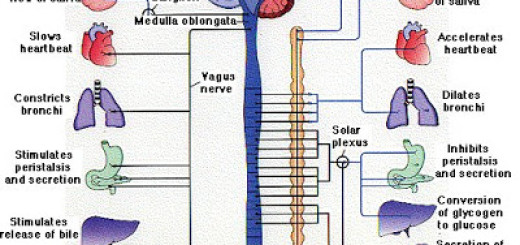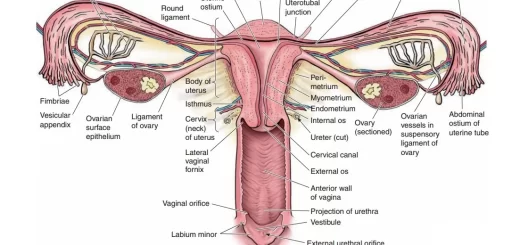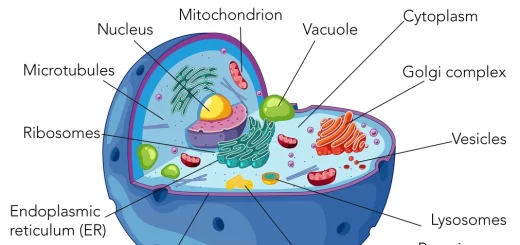Adaptation reasons, types, diversity of living organisms and motion in mammals
The diversity & adaptation of living organisms to cope with environmental changes, Secreting sweat in humans in case of high temperature is considered a functional adaption because it represents a modification in a specific organ to be able to do a specific function (secreting sweat), Birds migration is a behavioural adaptation because it represents a modification in the behaviour of birds at a certain time in order to survive.
Adaptation
The multiplicity of environments where living organisms live is the most important reason that leads to living organisms’ diversity in order to cope with environmental changes such as climate change, food change and the existence of water, The occurrence of adaptation in the animal world to get food, move in different environments and escape from their enemies in dangerous situations.
Camel limbs end in a thick flat pad to enable the camel to wander through the hot desert sand, Horse limbs end in a strong solid hoof to help the horse go through the rocky soil, The structure of a camel pad and a horse hoof suit the way of movement and the environmental conditions in which they live, and this is known as adaptation.
Adaptation is a modification of a living organism’s behaviour or its body structure or even the biological functions of its organs to become more adapted to the environmental conditions where it lives in.
Types of adaptation
Structural (anatomical) adaptation is a modification in the structure of one of the body organs of a living organism to cope with environmental conditions. Examples: The camel pad structure & the horse hoof structure.
Functional adaptation is a modification in some tissues and organs of the body of a living organism to become able to do specific functions. Examples: Secreting poison in snakes & Secreting sweat in humans in case of high temperature.
Behavioural adaptation is a modification in the behaviour of a living organism at specific times of the day or year. Examples: Activity of birds during the daylight and bats at night, Birds migration at certain times of the year.
Secreting poison in snakes is considered a functional adaptation, while the shape of the horse limb is considered a structural (anatomical) adaptation because functional adaptation represents a modification in a specific organ to be able to do a specific function (secreting poison), while anatomical adaptation represents a modification in the structure of one of the body organ to cope with the environmental conditions (horse limb).
Secreting sweat in humans in case of high temperature is considered a functional adaptation because it represents a modification in a specific organ to be able to do a specific function (secreting sweat), Bird migration is a behavioural adaptation because it represents a modification in the behaviour of birds at a certain time to survive.
Reasons for adaptation
- For animals: The most important reasons for adaptation in animals are: to move in different environments, to get food from the surrounding environment & to escape from their enemies in dangerous situations.
- For plants: Most of the plants adapt to the different environmental conditions.
Adaptation and motion diversity in mammals
Mammals live in various environments, so they move in different ways such as walking, flying, swimming, climbing and diving, Mammals’ limbs are adapted in many forms, Although the limbs of all mammals are structured with similar bones, some modifications have happened to these limbs to match with the way of movement and the animal lifestyle and to match with the dominant environmental conditions.
The modifications in some mammals’ front limbs to move in different ways that match their environment:
- The front limbs of Whales, Dolphins and Sea lions are modified to become paddles to perform the function of swimming and diving in the water.
- The front limbs of bats are modified into wings to perform the function of flying.
- The front limbs of the horse are modified into legs to perform the function of running.
- In monkeys and gorillas, bones of the front limbs and fingers are elongated to perform the function of climbing trees and catching things.
Mammals’ limbs are adapted in many forms, Although the limbs of mammals are composed of the same bones, some modifications took place in them to match the way of movement, mode of living, and the dominant environmental conditions.
The two front limbs in the dolphin are different from the bat’s although they are structured with similar bones due to the modification of the front limbs to suit the way of movement, where, in dolphins, they are modified into paddles to perform the function of swimming and diving, while in bats, they are modified into wings to perform the function of flying.
Taxonomy, Species, Living organisms diversity & principles of their classification




YOU ARE KIND, YOU ARE VERY GOOD.